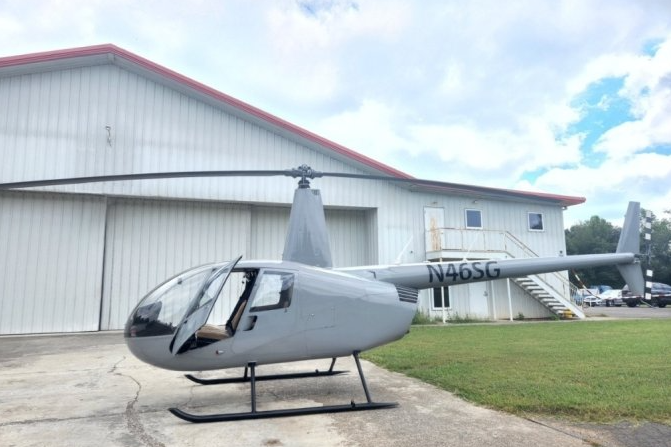KAI, KARI collaborate in developing Korean UAM
S.Korea's military aircraft manufacturer signs a dry run contract to verify Urban Air Mobility technology
By Dec 29, 2022 (Gmt+09:00)
LG Chem to sell water filter business to Glenwood PE for $692 million


Kyobo Life poised to buy Japan’s SBI Group-owned savings bank


KT&G eyes overseas M&A after rejecting activist fund's offer


StockX in merger talks with Naver’s online reseller Kream


Mirae Asset to be named Korea Post’s core real estate fund operator



Korea Aerospace Industries Ltd. (KAI) has signed an agreement with the Korea Aerospace Research Institute (KARI) to help KARI perform a dry run test of urban air mobility (UAM), a public transportation system that travels through urban areas, using an electrically powered vertical takeoff and landing aircraft (eVTOL).
The dry run is a project to verify the performance of a UAM test plane in the pre-environment established before the field test of a UAM in open areas and downtown areas.
Under the contract, KAI will be responsible for the operation of the testbed aircraft and providing the technical support service necessary for the dry run.
KAI will check the infrastructure functions and performance built by the KARI by April 2023 and identify additional functions necessary for performing empirical tests in the future, such as the post-processing of data.
It will use an R44 4-seat small helicopter as a test plane to collect and analyze various data related to UAM's flight.
Taking advantage of its know-how accumulated through aircraft development, production, and export so far, KAI plans to facilitate the UAM demo project suitable for the domestic environment.
"In a separate deal from this, KAI is investing in distributed electrical dispersion technology to develop advanced air vehicles (AAVs) with its own technology," said a KAI official.
"We will step up our efforts to accelerate the schedule so that we can conduct UAM demonstration flights by 2026," he added.
UAM is emerging as a future means of transportation that will solve problems caused by urban population growth, road traffic congestion, and vehicle exhaust gas emissions. Korea also recently announced a series of ''K-UAM'' roadmaps and technology roadmaps.
Write to Ik-Whan Kim at lovepen@hankyung.com
-
 Aerospace & DefenseKAI to develop Korea's first mine-sweeper helicopter
Aerospace & DefenseKAI to develop Korea's first mine-sweeper helicopterDec 23, 2022 (Gmt+09:00)
1 Min read -
 AutomobilesFuture transport center to make UAM, autonomous vehicle transfer easy
AutomobilesFuture transport center to make UAM, autonomous vehicle transfer easyDec 05, 2022 (Gmt+09:00)
1 Min read -
 Future mobilityHyundai E&C unveils 1st designs for Korean-made UAM vertiports
Future mobilityHyundai E&C unveils 1st designs for Korean-made UAM vertiportsNov 11, 2022 (Gmt+09:00)
1 Min read


